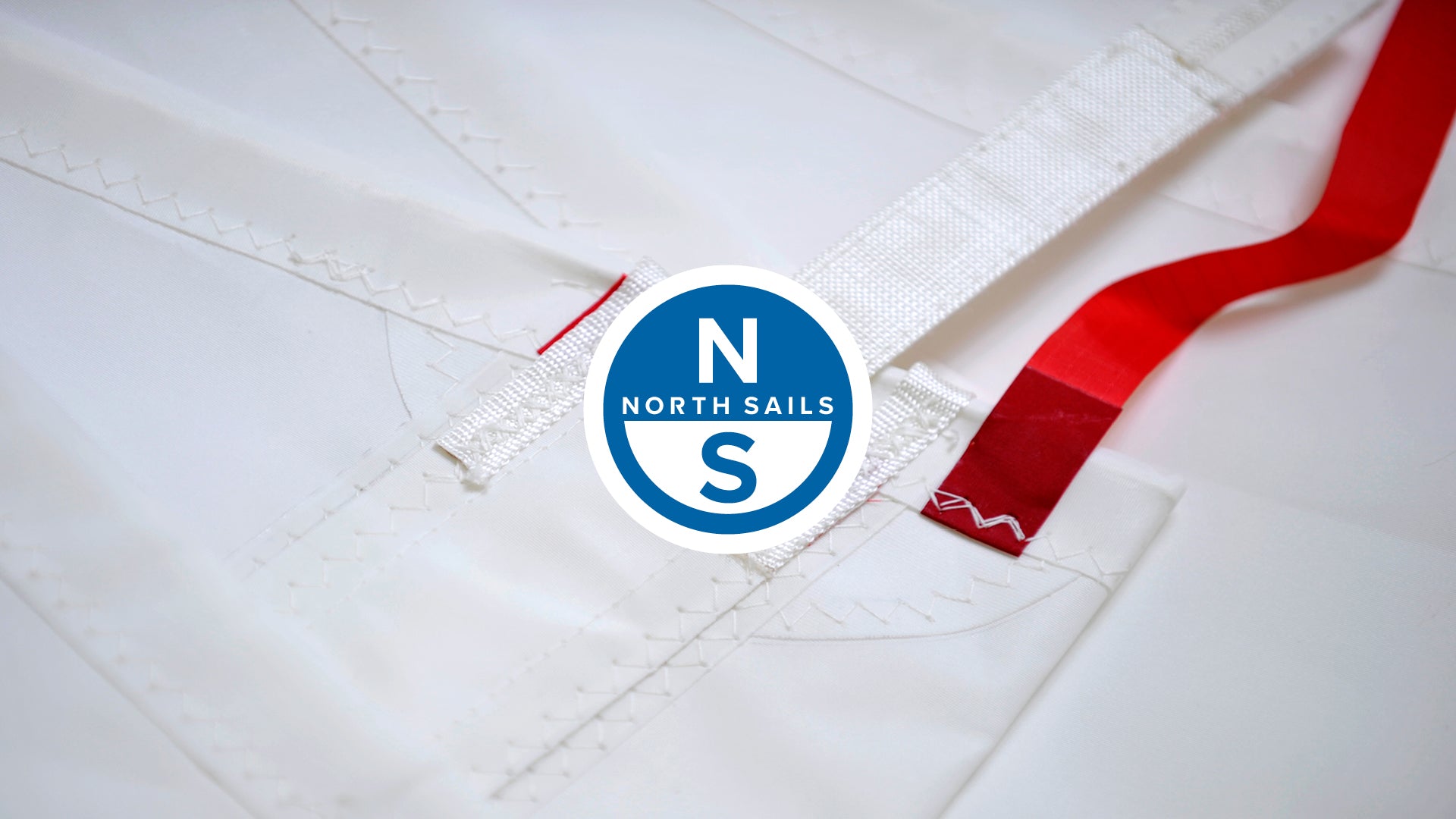FINN TUNING GUIDE

Finn tuning is very much a preference of each individual’s sailing style. Are you a pincher or a footer, a hiker of do you just perch on the side? Everyone has their own unique style, therefore, this is more about having a system that allows you to accurately reproduce your settings. The numbers we recommend are there to give you a good start point to launch for the day in any given condition.
STEP 1 – How to Measure Your Leech Tension
Rather than measuring a mast rake in a straight line “tip of mast to transom” we measure what tension would be put through the leech of the sail. This allows you to get more accurate settings and go afloat with a good idea of how open your leech will fly. It also allows you to interchange different masts and set the leech profile to the same setting no matter how different your masts may be. You can use any of the different spring/ digital gauges currently on the market: Persola Spring Balance, Devoti digital strain gauge work equally well.
- Attach gauge and long tape measure to mainsail halyard.
- Hoist halyard until it locates in the lock.
- Attach hook of gauge onto the outhaul.
- Tie the traveller to a traveller down position.
- With the mainsheet, sheet the boom to the deck. (NOTE: Always use the same side of the boat for measuring tensions. Always measure with boom end on side of boat.)
- Take measuring tape and measure to the inner edge of the boom black band.
- Adjust the outhaul until the tape reads 6020mm
- Read the numbers on the gauge to get what the mast is set up at
To adjust the tension you can either move chocks at deck level or the screw at the base of the mast. Approximately 1mm chock is 1lb (1cm rake) Always re-check after changes.
STEP 2 – Deck Chocks
Moving the mast around at deck level whilst controlling the leech tension allows you to balance the feel of the boat (helm). The simple rule is when it goes light and you want to increase helm move the mast back and as the wind increases and you want to reduce helm move the mast forward. This exercise goes hand in hand with the leech tension and if big changes are made you may have to change the heel of the mast position to maintain the same leech tension.
It’s always good to have at least five 1mm chocks available for fine-tuning on the water.
STEP 3 – Centerboard
The board is another great tool to increase and decrease the helm (feel) on the boat. In light air move the board to max forward bringing it closer to the mast, and as the wind increases move the board back in the boat to reduce the helm.
SETTINGS

The matrix above gives you a rough guide to what settings we recommend throughout the different wind ranges. Again, this is just a guide and it may vary from sailor to sailor.
If you go out with these and you have a selection of 1mm chocks then you will be in a strong position to fine tune on the water. If the sea state is lumpy then drop a chock out. If flat water then you can add a chock. Always trying to balance the helm, and maintain good pointing.



























